“Ammonium bicarbonate 25kg” has been added to your cart. View cart
Reviews (0)
Be the first to review “Adipic Acid” Cancel reply
Shipping & Delivery


MAECENAS IACULIS
Vestibulum curae torquent diam diam commodo parturient penatibus nunc dui adipiscing convallis bulum parturient suspendisse parturient a.Parturient in parturient scelerisque nibh lectus quam a natoque adipiscing a vestibulum hendrerit et pharetra fames nunc natoque dui.
ADIPISCING CONVALLIS BULUM
- Vestibulum penatibus nunc dui adipiscing convallis bulum parturient suspendisse.
- Abitur parturient praesent lectus quam a natoque adipiscing a vestibulum hendre.
- Diam parturient dictumst parturient scelerisque nibh lectus.
Scelerisque adipiscing bibendum sem vestibulum et in a a a purus lectus faucibus lobortis tincidunt purus lectus nisl class eros.Condimentum a et ullamcorper dictumst mus et tristique elementum nam inceptos hac parturient scelerisque vestibulum amet elit ut volutpat.
Related products
AcetateSodium 500gm
Acidulants, Analytical Reagents, Excipients, Microbiology and Cell Culture Reagents, PH Adjusters, Preservatives
Sodium acetate is a compound with the chemical formula CH3COONa. It is often found as the trihydrate form, meaning it has three water molecules attached to the acetate ion. This compound is commonly used in various industries, including food production, where it serves as a preservative or acidity regulator. In chemistry, it's used in buffers and sometimes as a reagent. Sodium acetate is also utilized in heating pads for its ability to undergo a process called crystallization that releases heat when needed.
Disodium Hydrogen phosphate dihydrate
Disodium hydrogen phosphate dihydrate, also known as disodium phosphate dihydrate or Na2HPO4·2H2O, is a chemical compound with the formula Na2HPO4·2H2O. It is a crystalline solid that consists of two sodium cations (Na+) and one dihydrogen phosphate anion (HPO42-) combined with two water molecules (H2O).
Disodium hydrogen phosphate dihydrate is commonly used as a food additive, buffering agent, emulsifier, and pH regulator in various industries. It has a wide range of applications, including in the production of beverages, processed foods, and pharmaceuticals. Additionally, it is utilized in laboratory settings for various chemical and biological experiments.
The compound is highly soluble in water, which contributes to its effectiveness as a pH buffer. It can act as both a weak acid and a weak base, making it useful in maintaining a stable pH level in solutions. Its versatile properties and easy availability make disodium hydrogen phosphate dihydrate a commonly employed chemical in numerous applications.
Glacial Acetic Acid Food Grade 35kg
Acetic acid is an organic acid with the chemical formula CH3COOH, also known as ethanoic acid. It is a colorless liquid with a pungent, sour taste and a distinctive vinegar-like odor. Acetic acid is an important industrial chemical used in the production of various products, including solvents, plastics, textiles, and food additives. It is also the main component of vinegar, which is commonly used as a condiment and preservative in cooking and food preparation.
Phosphoric Acid 85% food Grade
Phosphoric acid is a clear, colorless, and odorless mineral acid with the chemical formula H3PO4. It is a triprotic acid, which means that it can donate three protons (hydrogen ions) per molecule when dissolved in water. Phosphoric acid is commonly used in the production of fertilizers, detergents, and food additives, as well as in various industrial applications, such as rust removal and metal surface treatment. It is also used in the production of soft drinks, where it gives a tart flavor and acts as a preservative.
Sodium bicarbonate (Baking Soda)
Sodium bicarbonate, also known as baking soda, is a chemical compound with the formula NaHCO3. It is a white crystalline powder that is commonly used in baking, as a leavening agent to help dough rise. It is also used as an antacid to neutralize stomach acid and as a cleaning agent for its abrasive and deodorizing properties. In addition, sodium bicarbonate is used in various medical applications, such as in the treatment of metabolic acidosis and as a component of dialysis solutions.
Sodium Carbonate Anhydrous 500gm
Acidulants, Analytical Reagents, Builders, Finishing Agents, PH Adjusters, Soil Conditioners, Solvents
Sodium carbonate soda ash light is a refined form of sodium carbonate, which is a white, crystalline compound with the chemical formula Na2CO3. It is called "light" because it has a lower density compared to other forms of sodium carbonate.
Soda ash light is primarily used in industrial and commercial applications, including glass manufacturing, water treatment, detergent production, and as a pH regulator in various chemical processes. It is known for its alkaline properties and its ability to effectively neutralize acidic substances.
Sodium citrate 25kg
Sodium citrate is a chemical compound that can be described as the sodium salt of citric acid. It is commonly used as a food additive, primarily as a flavoring agent, preservative, and pH regulator. It is also utilized in various pharmaceutical and medical applications. Sodium citrate acts as a buffering agent and emulsifier, helping to stabilize and enhance the texture of certain food products. In medicine, it is used to treat conditions such as acidosis and as an anticoagulant during blood transfusions. Overall, sodium citrate plays a versatile role in different industries due to its ability to modify acidity, improve stability, and contribute to various desirable properties in different products.
Tartaric Acid 500gm
Tartaric acid is a naturally occurring organic acid found in many plants, particularly in grapes, bananas, and tamarinds. It is well-known for its significant role in the wine industry, where it helps stabilize the wine and contributes to its taste. Here are some key aspects and uses of tartaric acid:
Chemical Properties
- Chemical Formula: C4_44H6_66O6_66
- Molecular Weight: 150.09 g/mol
- Appearance: White crystalline powder
- Solubility: Soluble in water and alcohol
Natural Occurrence
Tartaric acid is widely found in nature, predominantly in fruits like grapes, apricots, and apples. The potassium salt of tartaric acid, known as potassium bitartrate or cream of tartar, is a byproduct of winemaking.Industrial Production
Commercially, tartaric acid is often produced as a byproduct of wine production. The process involves:- Extraction: The sediment left in wine barrels, known as "lees," is treated to extract potassium bitartrate.
- Purification: The crude potassium bitartrate is then purified and converted to tartaric acid.










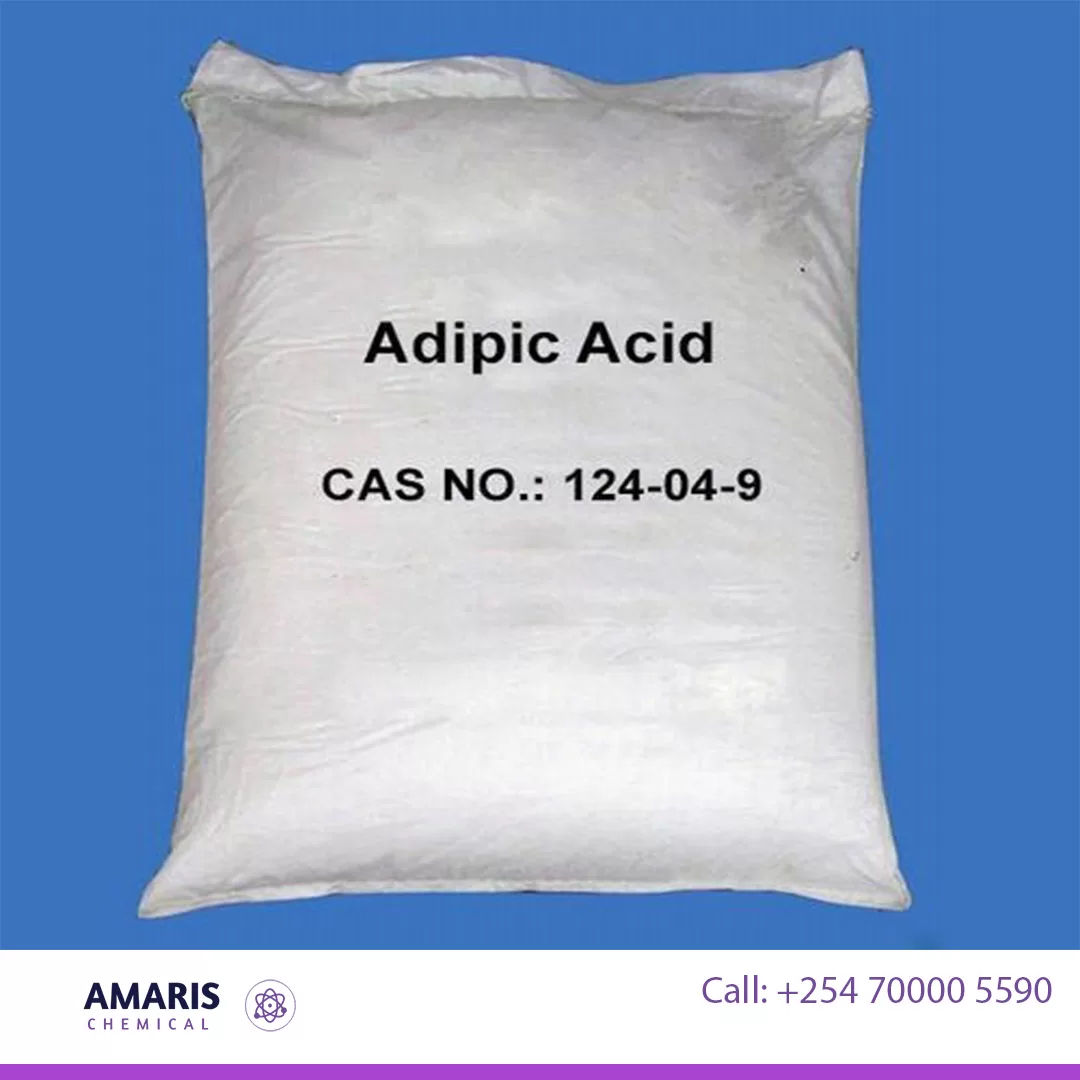

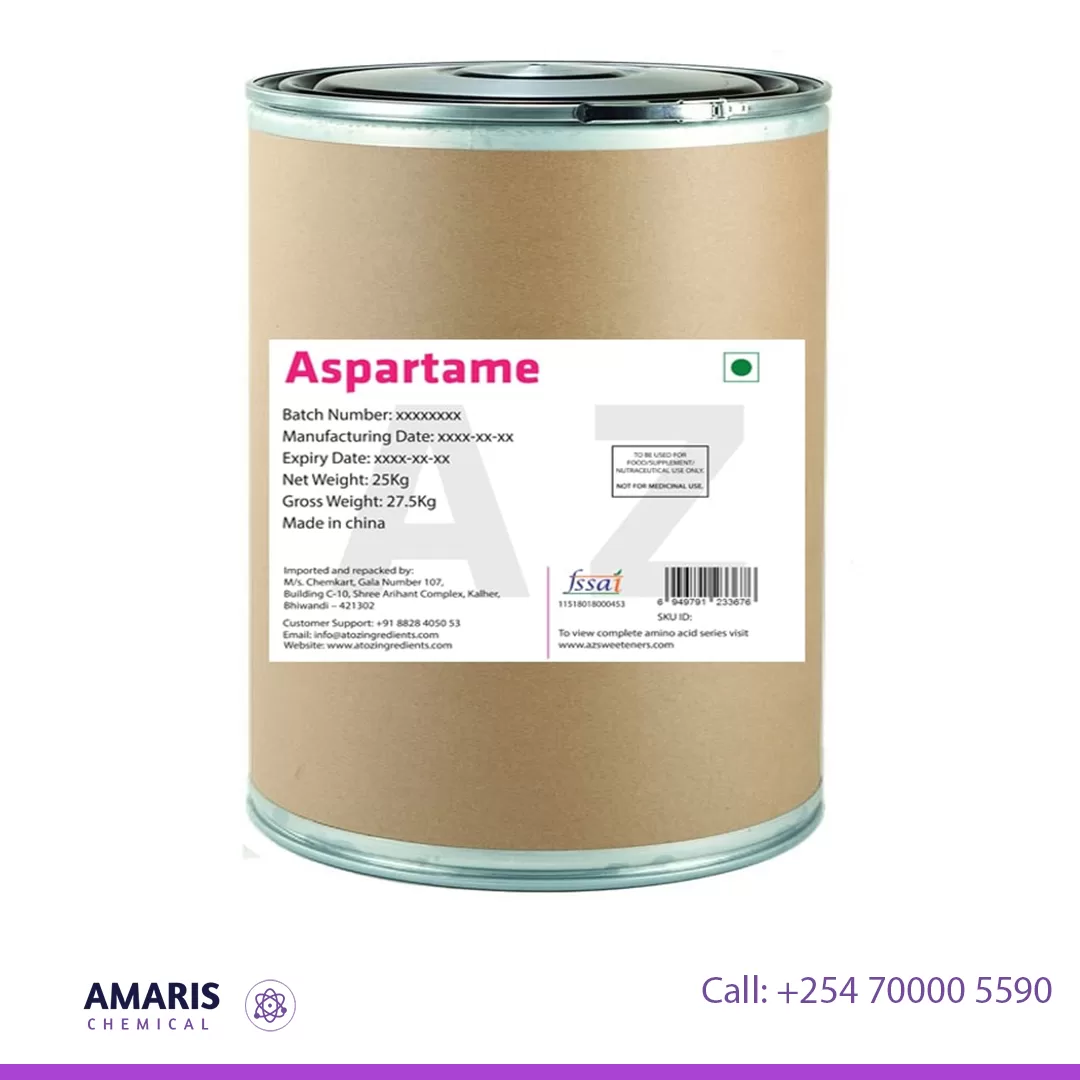
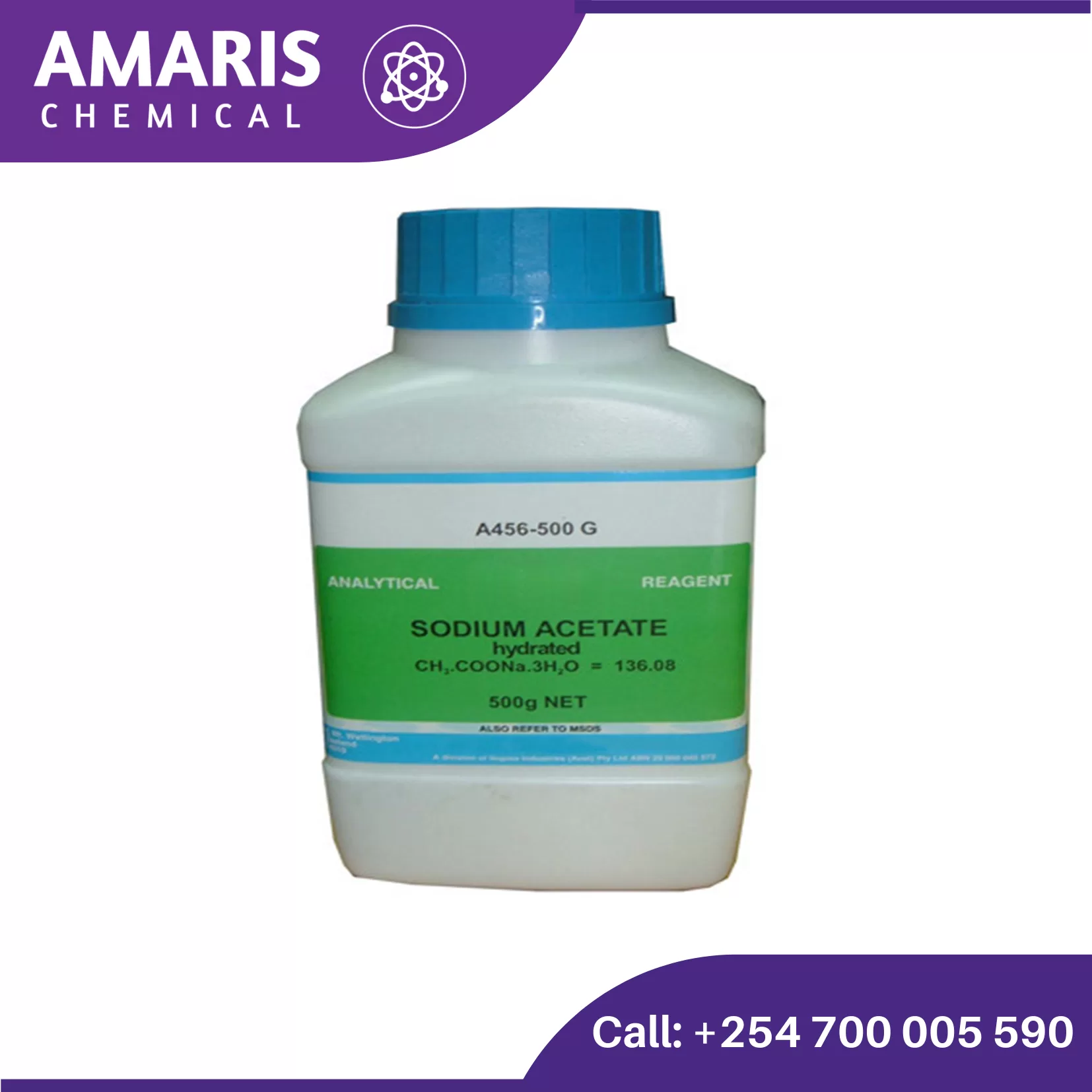
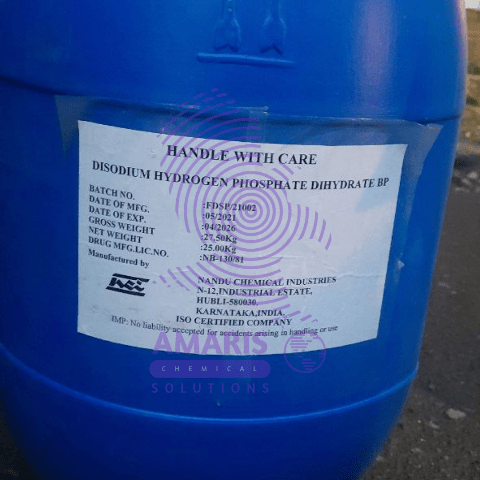
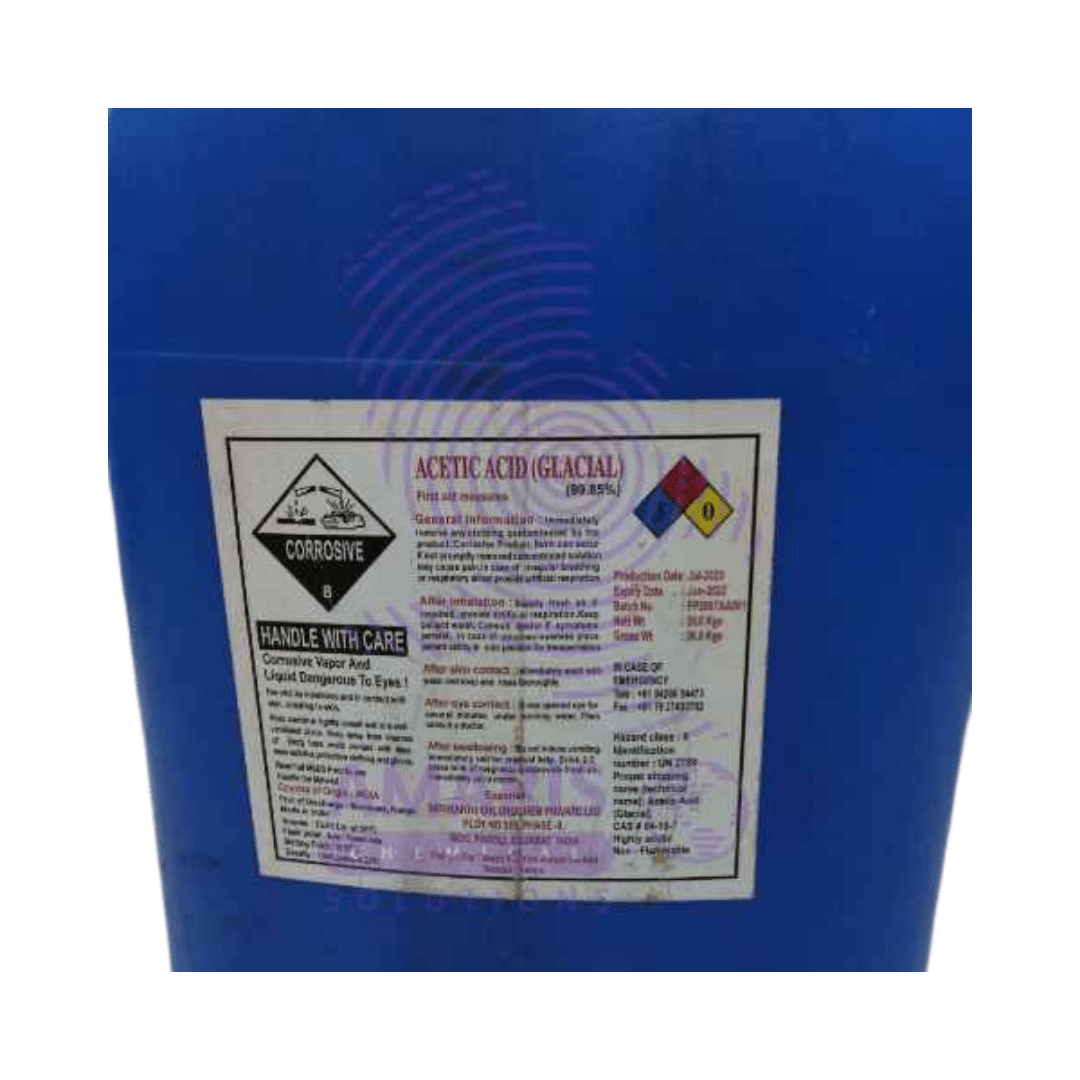
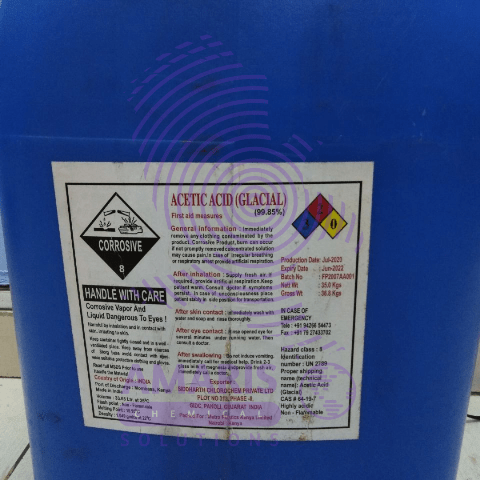
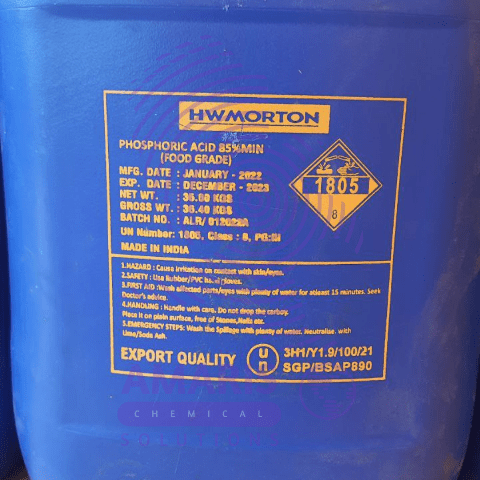
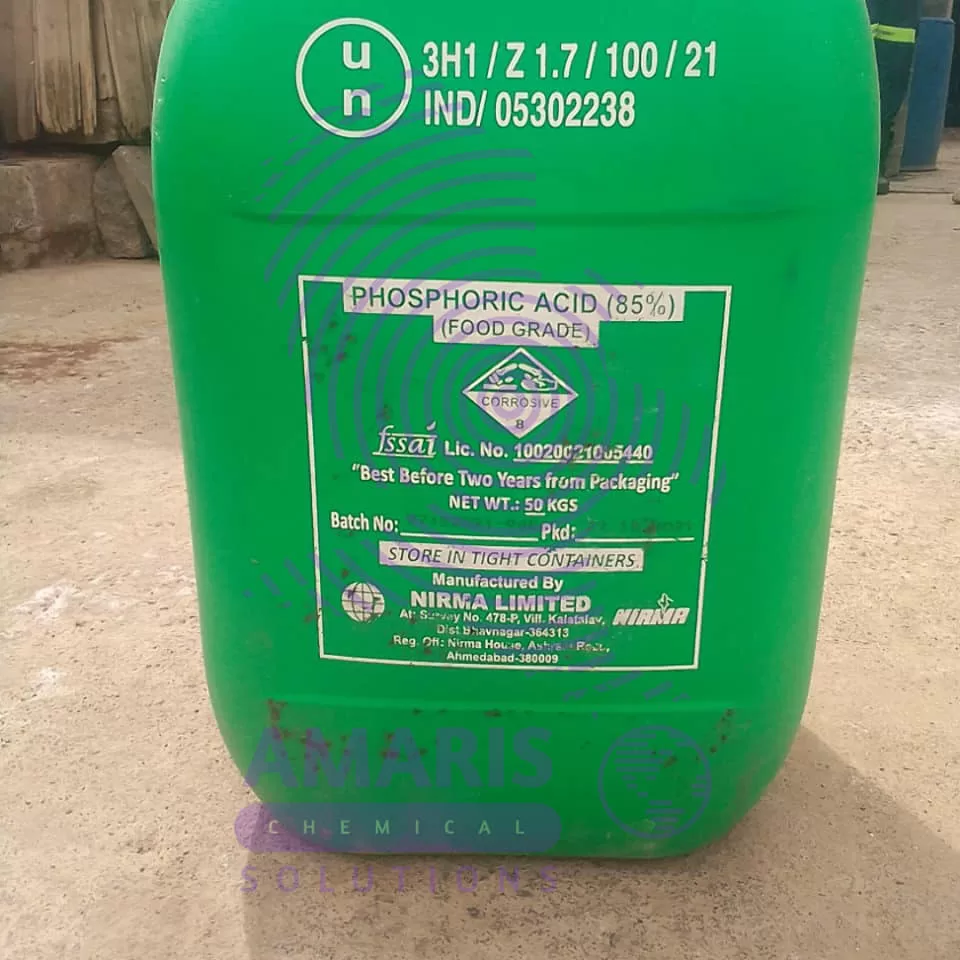

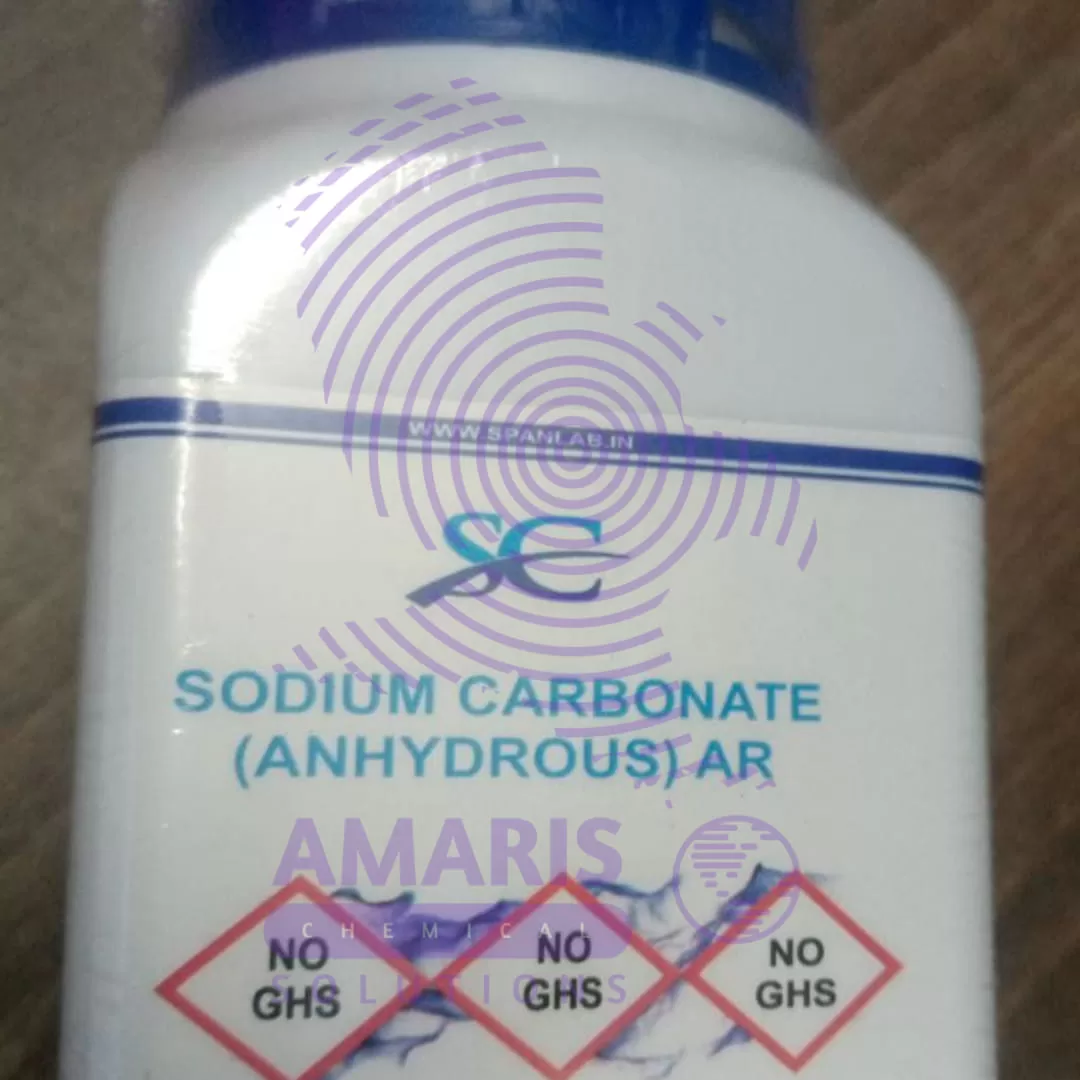
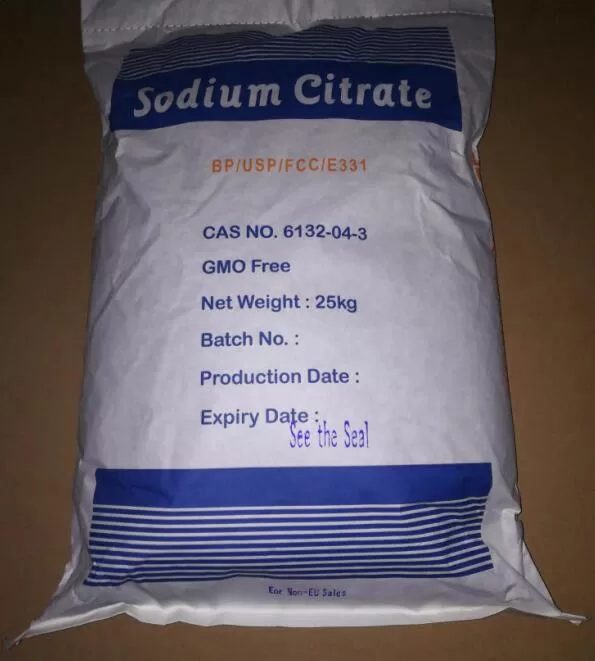
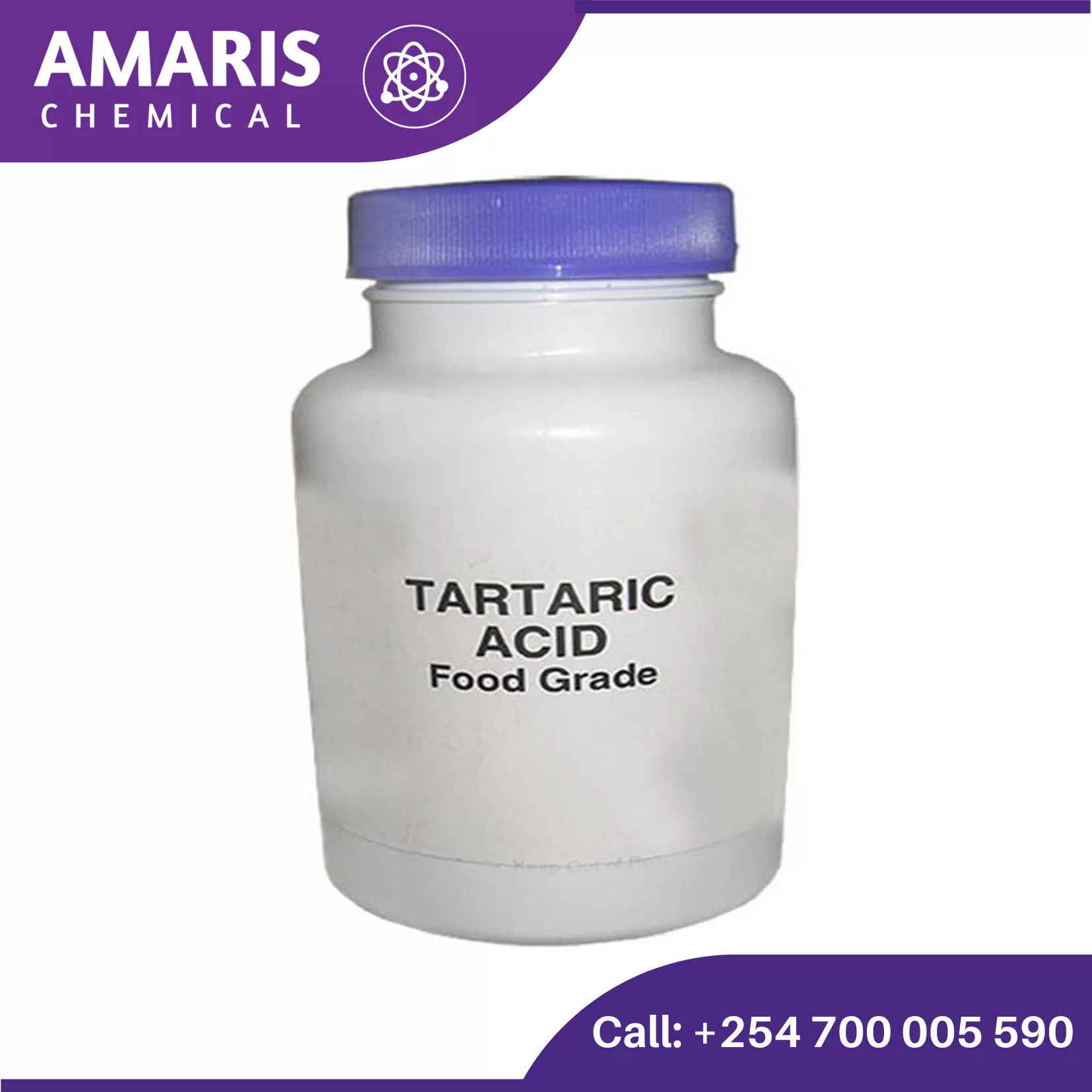









Reviews
There are no reviews yet.